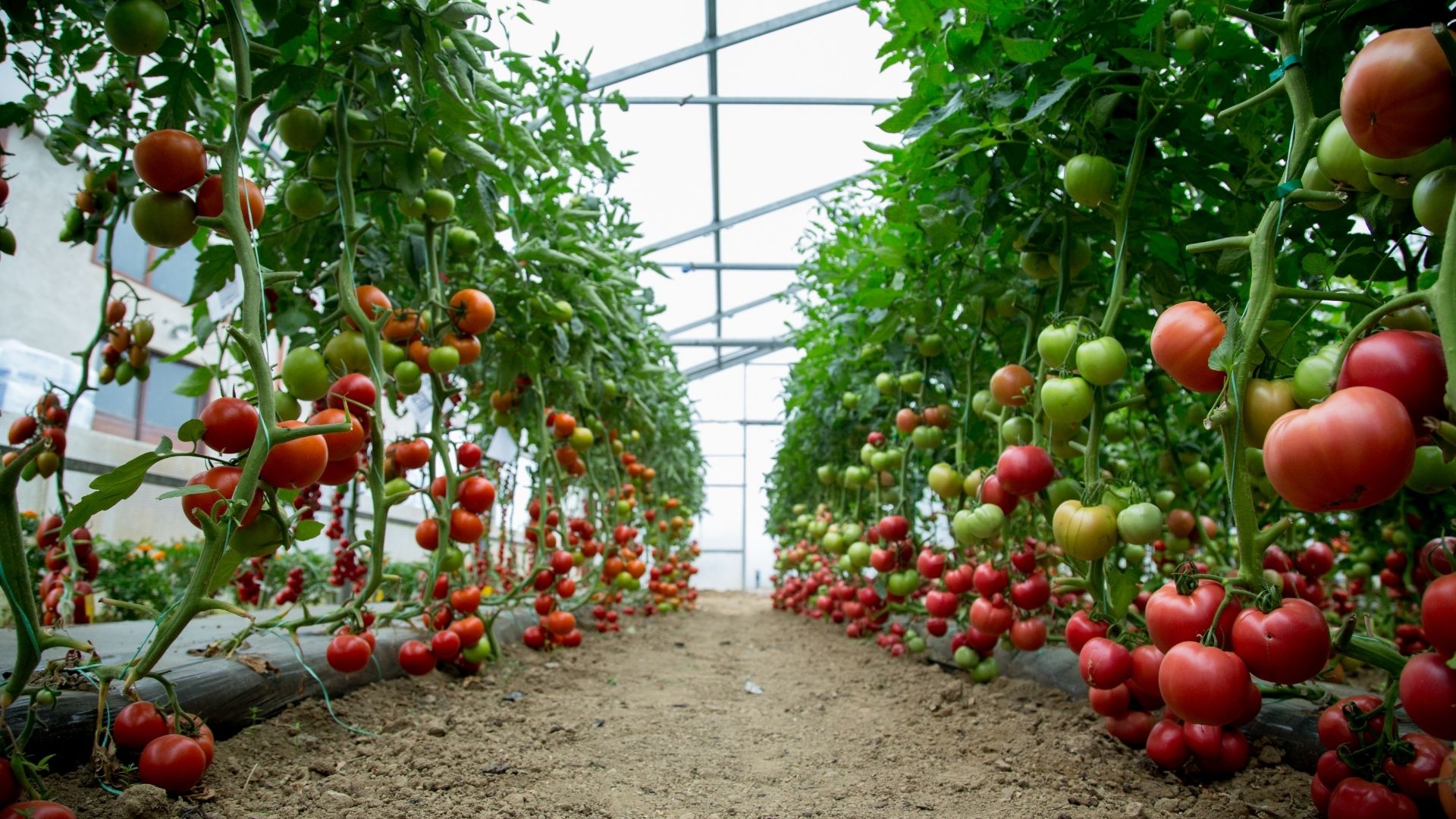#ArcticAgriculture #MultiLevelGreenhouses #ArtificialLightCultivation #SustainableCropGrowth #InnovativeAgriculture
Arctic regions have long posed challenges for traditional agriculture due to their harsh climatic conditions, including extreme cold and prolonged periods of darkness. However, scientists at Siberian Federal University (SFU) are pioneering a groundbreaking solution to this issue by introducing multi-level greenhouses equipped with artificial light for vegetable cultivation. Ivan Timofeenko, the head of the City Farming Laboratory at SFU’s Gastronomy Institute, believes that these innovative technologies could outperform conventional light-permeable greenhouses in polar environments.
Development of Multi-Level Greenhouses with Artificial Light
In a recent conversation with journalists from the Russian News Agency TASS, Ivan Timofeenko shared insights about the advantages of multi-level installations featuring artificial light. These installations maximize space utilization and overcome the limitations of polar day-night cycles. Traditional greenhouses in such regions often struggle with the limited daylight available during certain seasons. The new approach ensures a consistent light source, thus promoting optimal photosynthesis and growth conditions for crops.
Already, the laboratory has achieved success in cultivating a harvest of cherry tomatoes using this method. Varieties such as “Mali Novy Fontan” (Raspberry Fountain), “Volshebnaya Arfa” (Magic Harp), and “Terek” have thrived under the innovative multi-level greenhouse system.
The implications of these advancements are profound. Arctic agriculture has the potential to become more reliable and productive, reducing dependency on imported produce. Additionally, the method’s space-efficient design could make it suitable for urban and small-scale farming applications outside of the Arctic, contributing to local food security and sustainable agriculture.
Russian scientists have also explored cultivating crops in the Arctic without soil. Prior instances of successful indoor gardening in Norilsk and on polar icebreakers have demonstrated the feasibility of such techniques. Norilsk Agricultural Collective Farm managed to produce over ten tons of vegetables annually, including mushrooms, watermelons, and melons. These achievements underscore the adaptability of innovative agricultural approaches even in the most challenging environments.
The introduction of multi-level greenhouses with artificial light by Siberian Federal University scientists marks a significant leap forward in Arctic agriculture. By harnessing cutting-edge technologies, researchers are enhancing crop growth potential in regions previously deemed unsuitable for conventional farming. This breakthrough not only holds promise for sustainable vegetable cultivation in the Arctic but also has the potential to reshape agriculture practices in various contexts globally.










